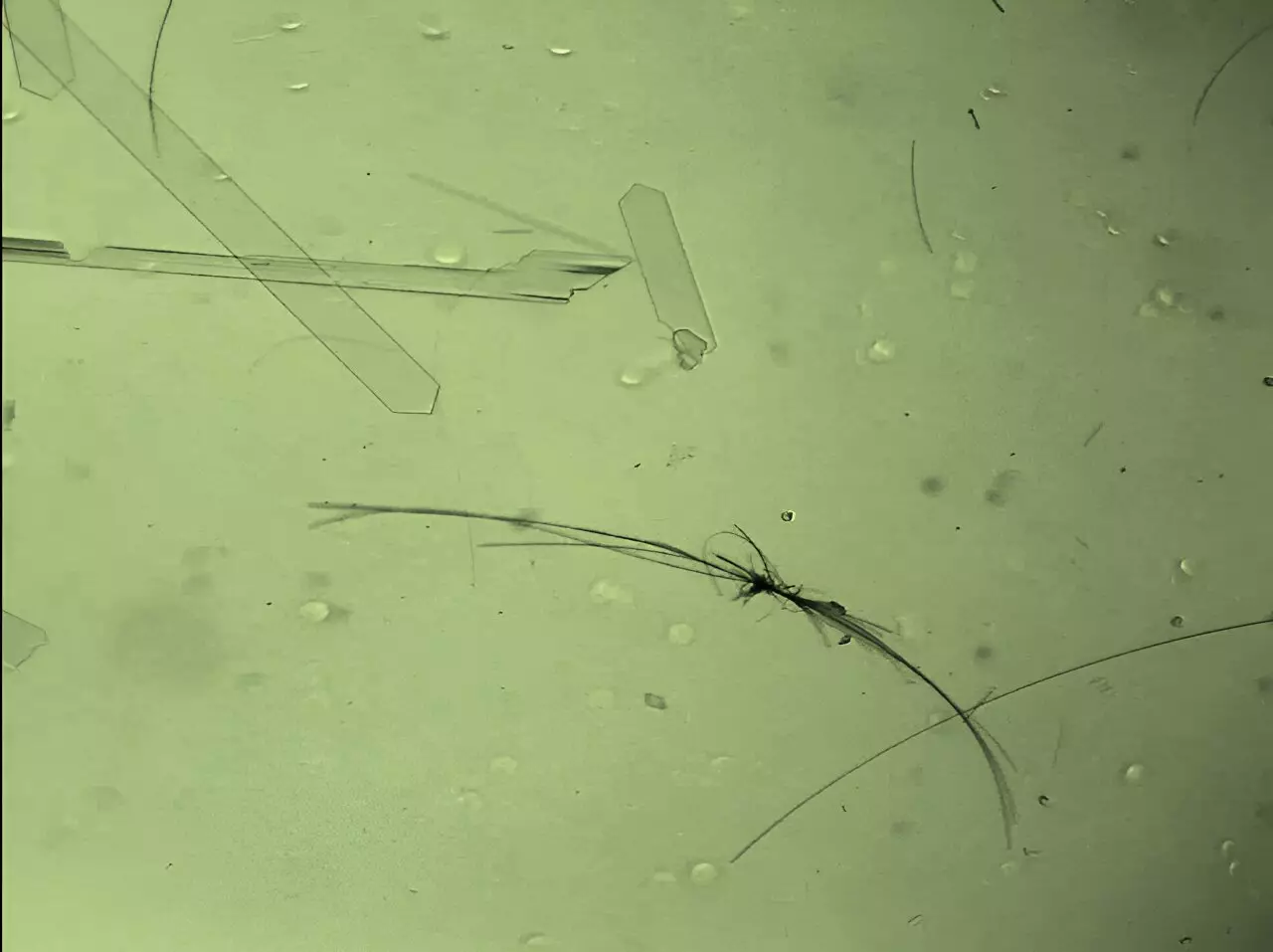When looking at Rabih O. Al-Kaysi’s molecular motors, one might mistake them for tiny organisms moving in a drop of water. However, these intricate devices are not alive; they are actually made from crystallized molecules that exhibit coordinated movements when exposed to light. This innovative technology has the potential to revolutionize multiple industries, from medicine to engineering.
Al-Kaysi and his team first constructed a molecular crystal motor in 2021 that demonstrated photoisomerization, where the individual molecules within the motor oscillate in response to light. This collective movement results in visible motion of the motor itself, creating a mesmerizing effect. Initially, the motor required multiple wavelengths of light for activation, but the researchers aimed to streamline the process by creating motors that only needed a single light source to function efficiently.
To achieve this goal, Al-Kaysi and colleague Christopher Bardeen synthesized a variety of light-absorbent anthracene molecules that could undergo continuous photoisomerization with a single wavelength of light. These molecules serve as the building blocks for creating diverse molecular crystal motors, including snake-like ropes and spider-like structures capable of complex motions such as bending, jumping, twisting, and dancing.
The molecular crystal motors consist of three key segments: an anthracene segment that absorbs light energy, a carbon double bond acting as the molecule’s axle, and a customizable “headgroup” that influences the crystal’s structure and behavior. Once the anthracene molecules are synthesized, they self-assemble in a soapy solution, forming rods, wires, and other complex shapes. The researchers are exploring methods to direct the self-assembly process through environmental variables like temperature, soapiness, and stirring speed.
When illuminated, the molecular crystal motors exhibit intricate 3D motion driven by photoisomerization around the carbon double bond. Despite the complexity of the process, the motors show remarkable durability and resistance to fatigue, corrosion, and electromagnetic interference. These qualities make them ideal for biomedical applications, micromachines, and microsatellites, showcasing their potential for addressing real-world challenges in drug delivery and fluid dynamics control.
The research conducted by Al-Kaysi and Bardeen represents a significant step forward in the field of molecular crystal motors. These cutting-edge devices have the capacity to transform various industries through their unique ability to convert light energy into mechanical work. With continued innovation and collaboration, the possibilities for these molecular motors are endless, offering a glimpse into a future where microscopic machines play a pivotal role in advancing technology and addressing critical societal needs.


Leave a Reply